File Excel
Type of resources
Topics
INSPIRE themes
Provided by
Years
Formats
Update frequencies
status
-
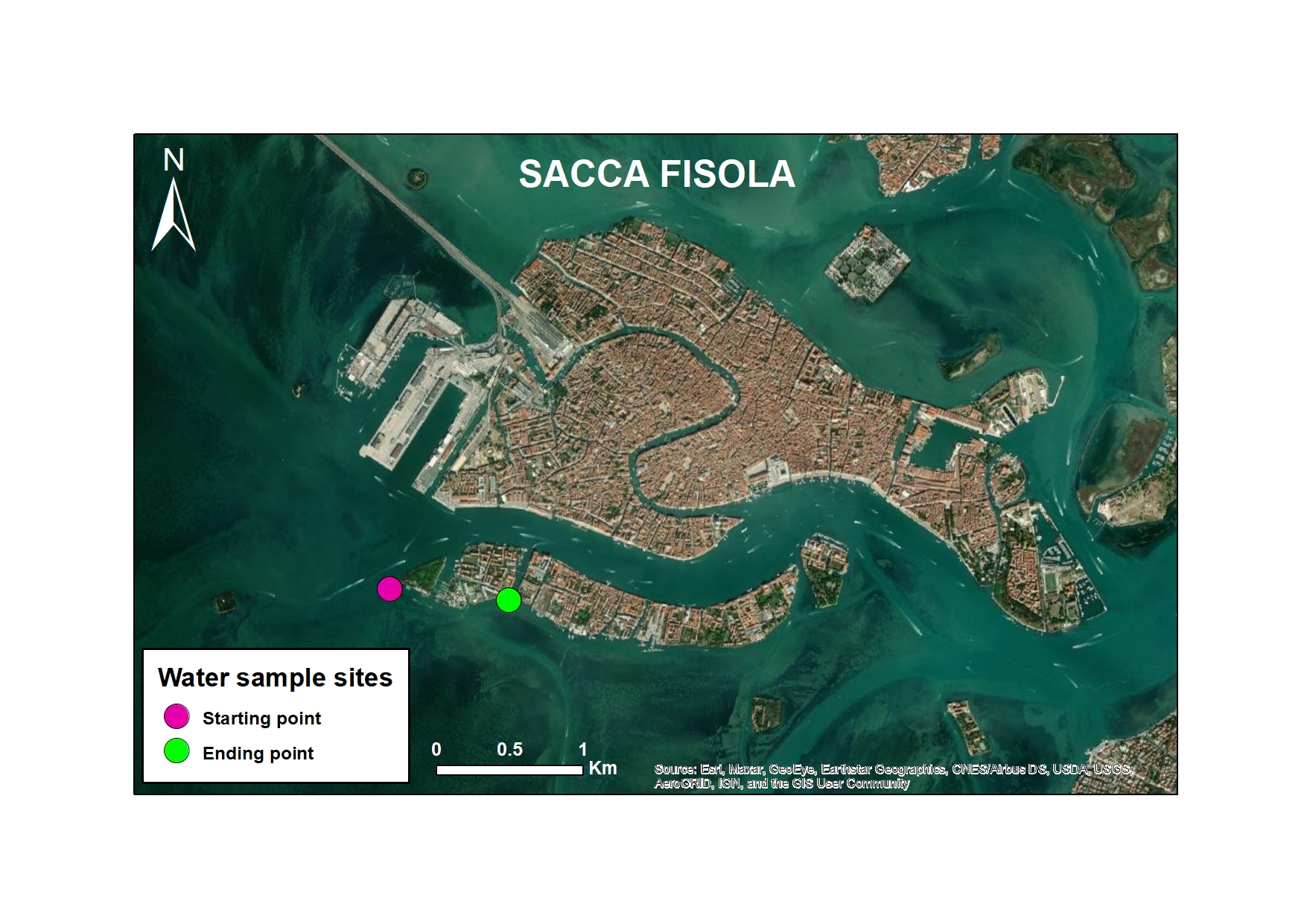
As part of the European MAELSTROM project, microplastic monitoring was carried out to assess the impact of marine cleaning operations. The study focused on two representative sites: Sacca Fisola, within the Venice Lagoon, characterised by high maritime traffic, and Mussel Farm, a coastal area near Cavallino-Jesolo, a former mussel farm. Both sites were monitored every six months and divided into before and after cleaning activities performed by the Seabed Robotic Cleaning Platform (autumn 2022 and late spring 2023 for the Sacca Fisola site and late spring 2023 for the Mussel Farm site). This innovative robotic system has been designed to remove macro-litter from the seabed. The main objective was to assess possible changes in the concentration of secondary MPs, which are particularly abundant in the marine environment, following clean-up operations. This approach represents an innovative contribution to the understanding of macro-litter-MP interactions and to the improvement of marine pollution mitigation strategies.
-
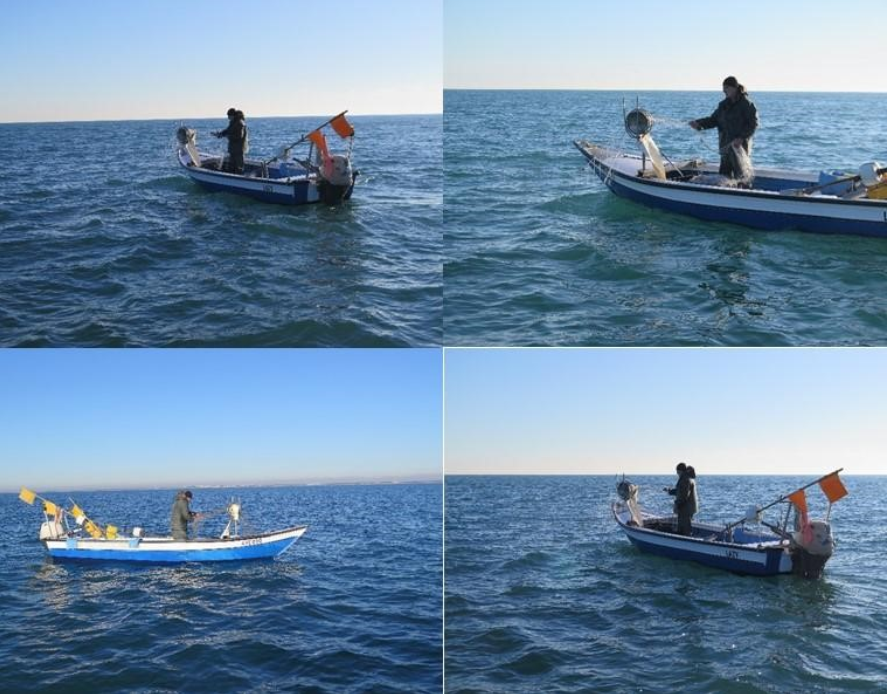
As part of the European MAELSTROM project, fish fauna sampling activities were carried out both at the coastal site (mussel farm) and at the lagoon site (Sacca Fisola) in collaboration with professional fishermen, using different types of nets for the two environments (sea and lagoon). In the coastal site (i.e. the mussel farm) different types of nets were employed in order to sample a wide range of ecological and size fish guilds. Given the presence on the bottom of numerous objects, the nets were placed in neighbouring areas with few or no obstacles in order to preserve the integrity of the nets and to conduct the sampling successfully. The reduced distance from the sampling area was considered suitable to provide a reliable picture of both benthic and pelagic fish species characterising the area. Sampling activities were carried out on February 22-23, 2022. Fish were identified according to their species. Moreover, the main morphometric parameters (length and weight) of each individual were recorded. Fish fauna sampling in the lagoon site was performed using particular fishing gear (fyke nets), locally used in the lagoon, positioned on the seabed of the shallow waters (maximum depth 1.8 meters). The gear was fixed to the seabed with poles. Ten fyke nets were placed within the sampling site close to the area where removal activities will take place. Sampling activities were carried out on March 20-22, 2022. Fish were divided according to their species and the weight was recorded for each individual. Abundance (number of individuals) and biomass (grams) were then standardized per effort unit. The data collected in both coastal and lagoon sites (number of individuals, species) were used to calculate three biodiversity indexes: species richness, Margalef index and Shannon index.
-
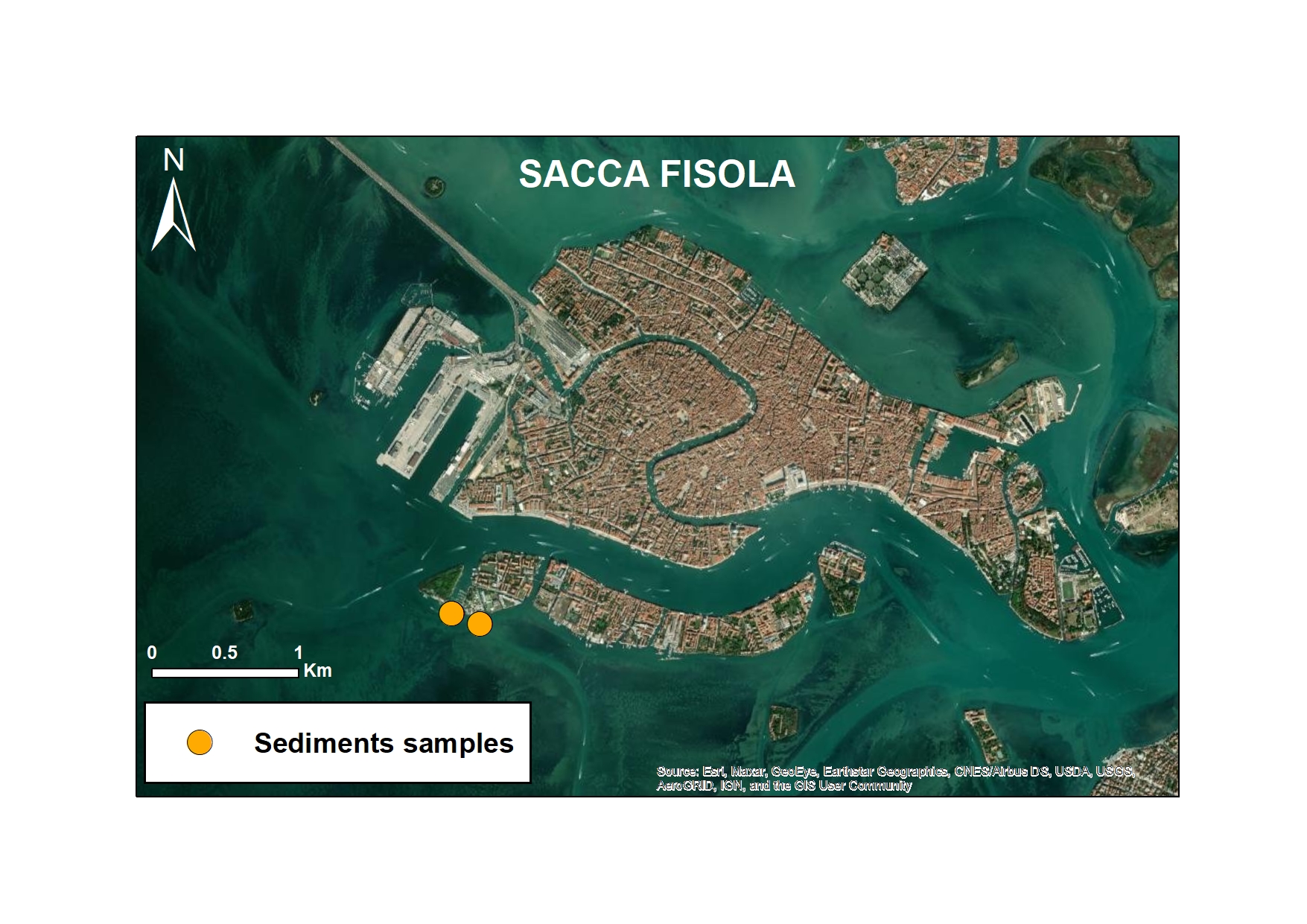
As part of the European MAELSTROM project, microplastic monitoring was carried out to assess the impact of marine cleaning operations. The study focused on two representative sites: Sacca Fisola, within the Venice Lagoon, characterised by high maritime traffic, and Mussel Farm, a coastal area near Cavallino-Jesolo, a former mussel farm. Both sites were monitored every six months and divided into before and after cleaning activities performed by the Seabed Robotic Cleaning Platform (autumn 2022 and late spring 2023 for the Sacca Fisola site and late spring 2023 for the Mussel Farm site). This innovative robotic system has been designed to remove macro-litter from the seabed. Monitoring also focused on surface sediments with the main objective of assessing the correlation between macro-litter removal and changes in MP concentrations in sediments.
-
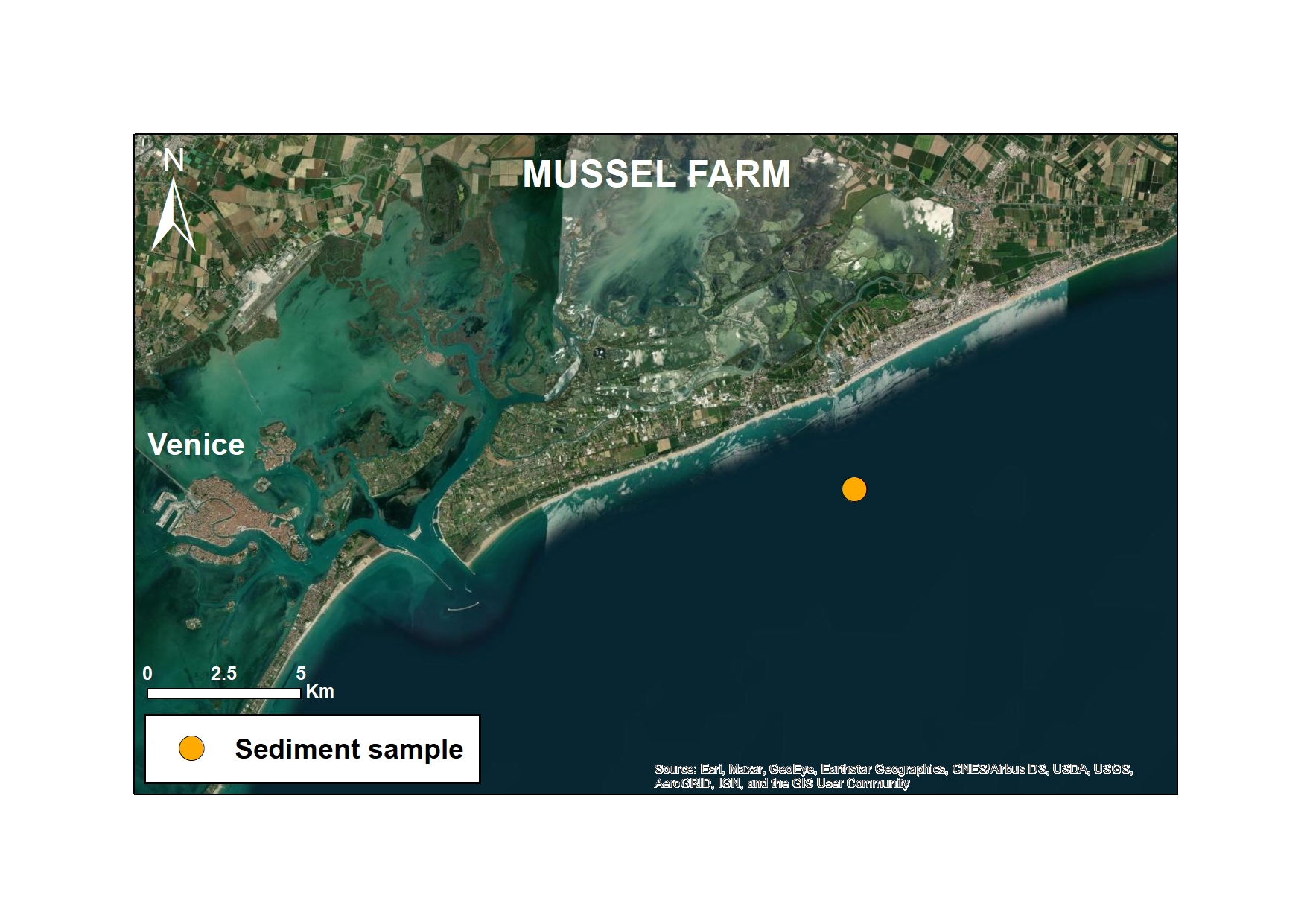
As part of the European MAELSTROM project, microplastic monitoring was carried out to assess the impact of marine cleaning operations. The study focused on two representative sites: Sacca Fisola, within the Venice Lagoon, characterised by high maritime traffic, and Mussel Farm, a coastal area near Cavallino-Jesolo, a former mussel farm. Both sites were monitored every six months and divided into before and after cleaning activities performed by the Seabed Robotic Cleaning Platform (autumn 2022 and late spring 2023 for the Sacca Fisola site and late spring 2023 for the Mussel Farm site). This innovative robotic system has been designed to remove macro-litter from the seabed. Monitoring also focused on surface sediments with the main objective of assessing the correlation between macro-litter removal and changes in MP concentrations in sediments.
-

As part of the European MAELSTROM project, microplastic monitoring was carried out to assess the impact of marine cleaning operations. The study focused on two representative sites: Sacca Fisola, within the Venice Lagoon, characterised by high maritime traffic, and Mussel Farm, a coastal area near Cavallino-Jesolo, a former mussel farm. Both sites were monitored every six months and divided into before and after cleaning activities performed by the Seabed Robotic Cleaning Platform (autumn 2022 and spring 2023 for the Sacca Fisola site and late spring 2023 for the Mussel Farm site). This innovative robotic system has been designed to remove macro-litter from the seabed. Monitoring also focused on surface sediments with the main objective of assessing the correlation between macro-litter removal and changes in MP concentrations in sediments.
-
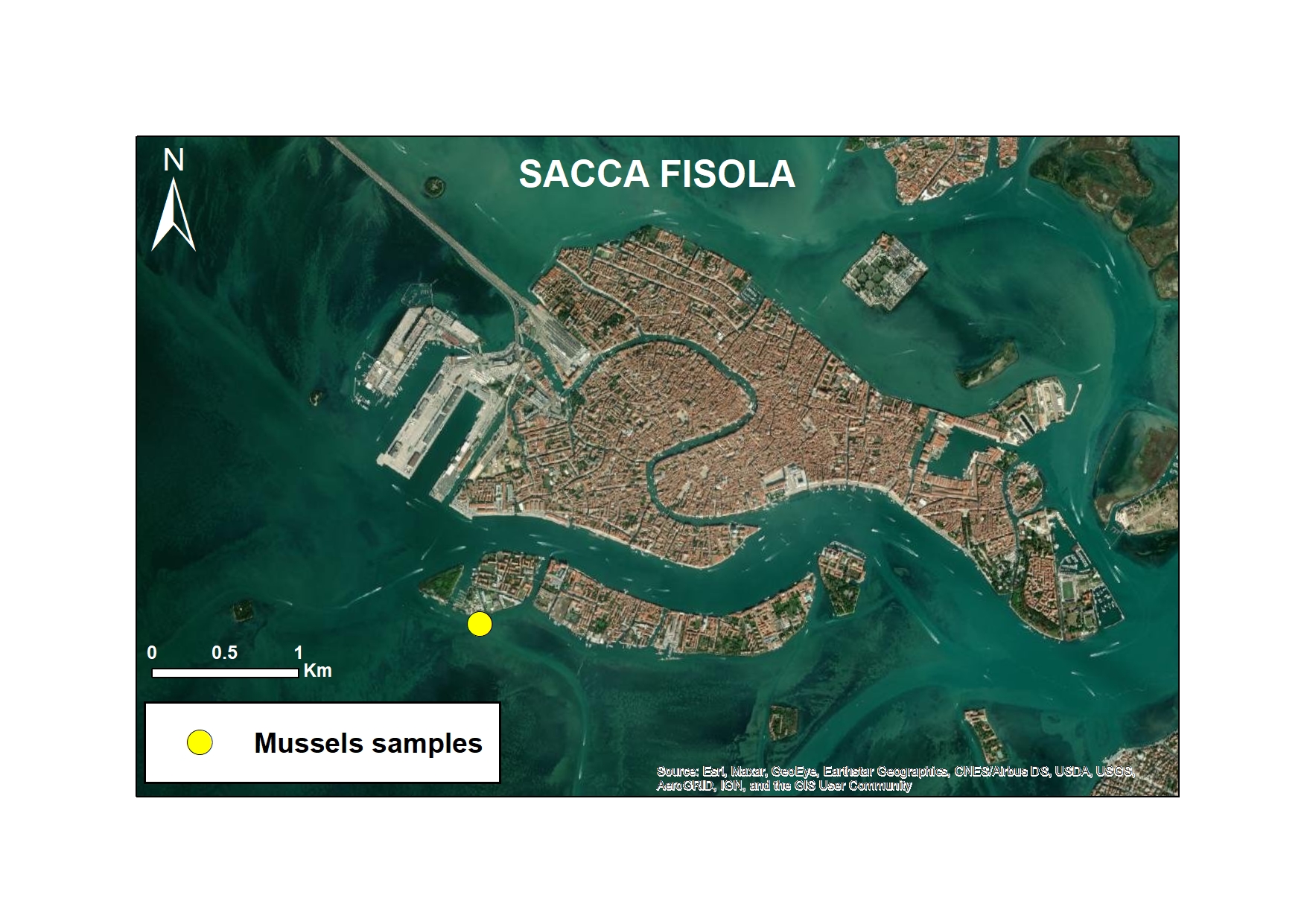
As part of the European MAELSTROM project, microplastic monitoring was carried out to assess the impact of marine cleaning operations. The study focused on two representative sites: Sacca Fisola, within the Venice Lagoon, characterised by high maritime traffic, and Mussel Farm, a coastal area near Cavallino-Jesolo, a former mussel farm. Both sites were monitored every six months and divided into before and after cleaning activities performed by the Seabed Robotic Cleaning Platform (autumn 2022 and late spring 2023 for the Sacca Fisola site and late spring 2023 for the Mussel Farm site). This innovative robotic system has been designed to remove macro-litter from the seabed. Among the matrices analysed, particular attention was paid to bivalves, which are used as bio-indicators. Several species, including Mytilus galloprovincialis, Magallana gigas and Ostreola stentina, were sampled to monitor the accumulation of microplastics (MP) in them. The main objective of the study was to assess whether the removal of macrolitter resulted in a reduction of microplastics in the environment.
-

As part of the European MAELSTROM project, microplastic monitoring was carried out to assess the impact of marine cleaning operations. The study focused on two representative sites: Sacca Fisola, within the Venice Lagoon, characterised by high maritime traffic, and Mussel Farm, a coastal area near Cavallino-Jesolo, a former mussel farm. Both sites were monitored every six months and divided into before and after cleaning activities performed by the Seabed Robotic Cleaning Platform (autumn 2022 and late spring 2023 for the Sacca Fisola site and late spring 2023 for the Mussel Farm site). This innovative robotic system has been designed to remove macro-litter from the seabed. Among the matrices analysed, particular attention was paid to bivalves, which are used as bio-indicators. Several species, including Mytilus galloprovincialis, Magallana gigas and Ostreola stentina, were sampled to monitor the accumulation of microplastics (MP) in them. The main objective of the study was to assess whether the removal of macrolitter resulted in a reduction of microplastics in the environment.
-
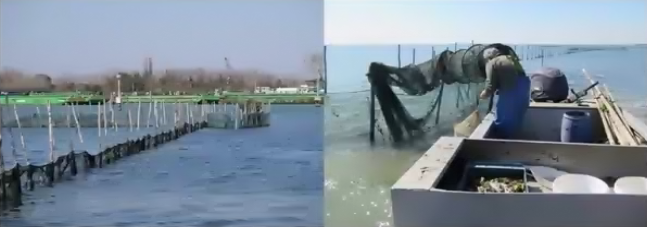
As part of the European MAELSTROM project, fish fauna sampling activities were carried out both at the coastal site (mussel farm) and at the lagoon site (Sacca Fisola) in collaboration with professional fishermen, using different types of nets for the two environments (sea and lagoon). In the coastal site (i.e. the mussel farm) different types of nets were employed in order to sample a wide range of ecological and size fish guilds. Given the presence on the bottom of numerous objects, the nets were placed in neighbouring areas with few or no obstacles in order to preserve the integrity of the nets and to conduct the sampling successfully. The reduced distance from the sampling area was considered suitable to provide a reliable picture of both benthic and pelagic fish species characterising the area. Sampling activities were carried out on February 22-23, 2022. Fish were identified according to their species. Moreover, the main morphometric parameters (length and weight) of each individual were recorded. Fish fauna sampling in the lagoon site was performed using particular fishing gear (fyke nets), locally used in the lagoon, positioned on the seabed of the shallow waters (maximum depth 1.8 meters). The gear was fixed to the seabed with poles. Ten fyke nets were placed within the sampling site close to the area where removal activities will take place. Sampling activities were carried out on March 20-22, 2022. Fish were divided according to their species and the weight was recorded for each individual. Abundance (number of individuals) and biomass (grams) were then standardized per effort unit. The data collected in both coastal and lagoon sites (number of individuals, species) were used to calculate three biodiversity indexes: species richness, Margalef index and Shannon index.
-

As part of the European MAELSTROM project, microplastic monitoring was carried out to assess the impact of marine cleaning operations. The study focused on two representative sites: Sacca Fisola, within the Venice Lagoon, characterised by high maritime traffic, and Mussel Farm, a coastal area near Cavallino-Jesolo, a former mussel farm. Both sites were monitored every six months and divided into before and after cleaning activities performed by the Seabed Robotic Cleaning Platform (autumn 2022 and late spring 2023 for the Sacca Fisola site and late spring 2023 for the Mussel Farm site). This innovative robotic system has been designed to remove macro-litter from the seabed. Among the matrices analysed, particular attention was paid to the water column to investigate whether macrolitter removal also influenced the presence of microplastics (MPs). The main objective was to assess any changes in the concentration of secondary MPs, which are particularly abundant in the marine environment, as a result of the clean-up operations. This approach represents an innovative contribution to understanding the interactions between macrolitter and MPs and to improving marine pollution mitigation strategies.
-
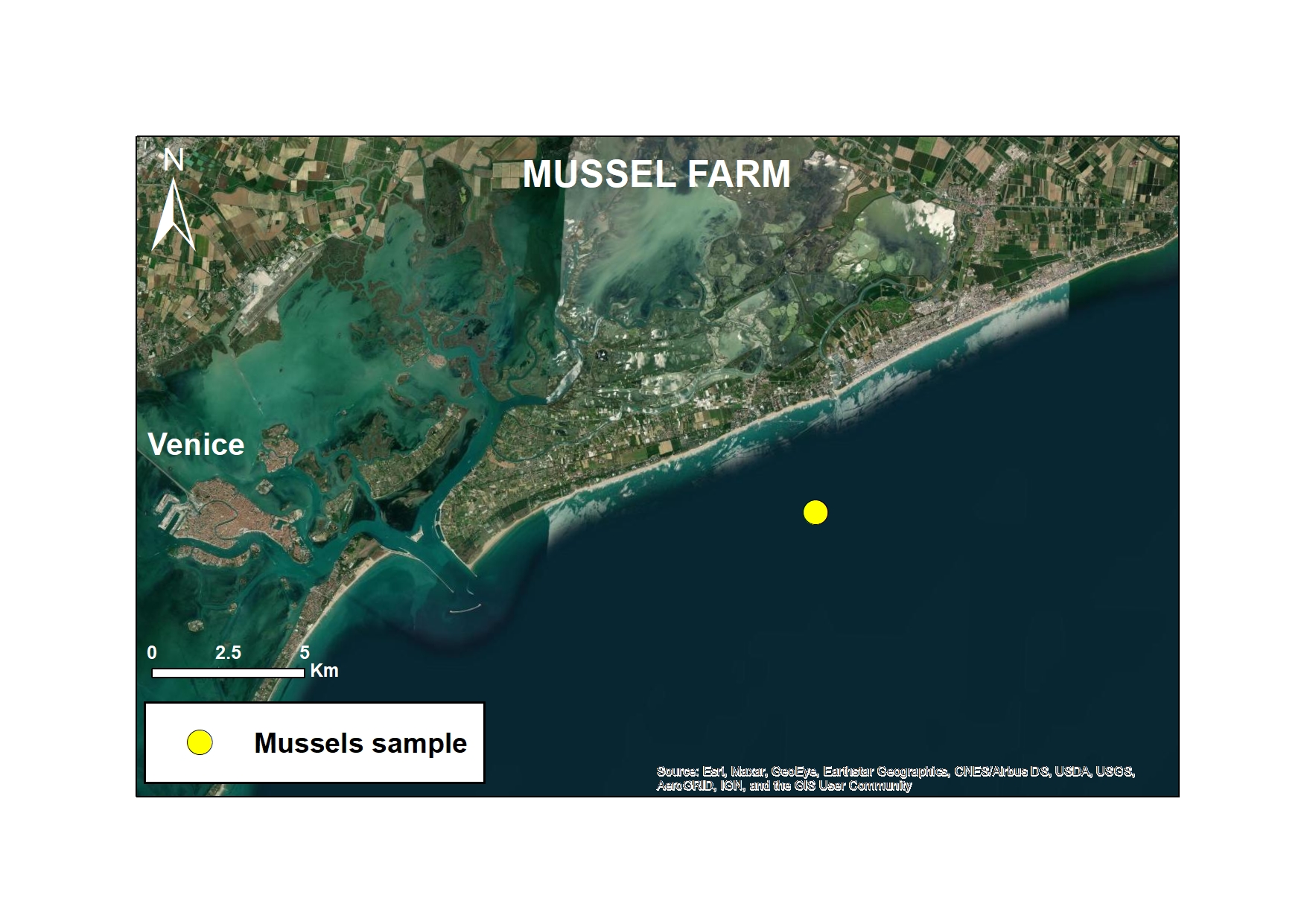
As part of the European MAELSTROM project, microplastic monitoring was carried out to assess the impact of marine cleaning operations. The study focused on two representative sites: Sacca Fisola, within the Venice Lagoon, characterised by high maritime traffic, and Mussel Farm, a coastal area near Cavallino-Jesolo, a former mussel farm. Both sites were monitored every six months and divided into before and after cleaning activities performed by the Seabed Robotic Cleaning Platform (autumn 2022 and spring 2023 for the Sacca Fisola site and spring 2023 for the Mussel Farm site). This innovative robotic system has been designed to remove macro-litter from the seabed. Among the matrices analysed, particular attention was paid to bivalves, which are used as bio-indicators. Several species, including Mytilus galloprovincialis, Magallana gigas and Ostreola stentina, were sampled to monitor the accumulation of microplastics (MPs) in them. The main objective of the study was to assess whether the removal of macrolitter resulted in a reduction of microplastics in the environment.
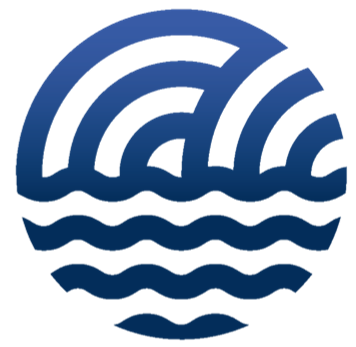 CNR-ISMAR
CNR-ISMAR